Home>Home Appliances>Laundry Appliances>What Do Washing Machine Symbols Mean


Laundry Appliances
What Do Washing Machine Symbols Mean
Modified: March 2, 2024
Discover the meanings of washing machine symbols and understand laundry appliance care with our comprehensive guide. Learn how to decode laundry symbols and optimize your washing routine.
(Many of the links in this article redirect to a specific reviewed product. Your purchase of these products through affiliate links helps to generate commission for Storables.com, at no extra cost. Learn more)
Introduction
Washing machines have become an indispensable part of modern life, simplifying the daunting task of laundry. However, the array of symbols and settings on these appliances can be perplexing to many users. Understanding the significance of these symbols is crucial for achieving optimal laundry results and prolonging the lifespan of your garments.
In this comprehensive guide, we will delve into the world of washing machine symbols, unraveling their meanings and empowering you to make informed decisions when doing your laundry. Whether you are a laundry novice or a seasoned pro, this article will equip you with the knowledge to navigate the enigmatic realm of washing machine symbols with confidence and ease.
Let's embark on this enlightening journey to demystify the symbols adorning your washing machine and unlock the secrets to mastering the art of laundry care.
Key Takeaways:
- Mastering washing machine symbols empowers you to customize laundry cycles for different fabrics, ensuring optimal care and cleaning results.
- Understanding laundry care labels and symbols helps preserve garment quality by aligning care instructions with washing machine settings.
Read more: What Do The Symbols On My Canon Printer Mean
Common Washing Machine Symbols
When you peer at the control panel of your washing machine, you are greeted by an assortment of symbols that may seem like cryptic hieroglyphics at first glance. However, each symbol serves a specific function, designed to cater to various fabric types and laundry needs. Let's unravel the mystery behind some of the most common washing machine symbols:
-
Water Temperature Symbols: These symbols typically depict a series of lines or dots inside a basin, indicating the recommended water temperature for the wash cycle. A single line signifies a cold wash, while two lines represent a warm wash, and three lines denote a hot wash. Understanding these symbols is crucial for preserving the integrity of your garments and preventing shrinkage or color fading.
-
Wash Cycle Symbols: The wash cycle symbols, often depicted as a tub with wavy lines, encompass a range of options such as normal wash, delicate wash, quick wash, and heavy-duty wash. Each symbol corresponds to a specific cycle tailored to different fabric types and soil levels, allowing you to customize the washing process according to your laundry requirements.
-
Spin Speed Symbols: These symbols, resembling a series of ascending or descending lines, indicate the recommended spin speed for the selected cycle. A higher number of lines signifies a faster spin speed, which is ideal for sturdy fabrics, while a lower number of lines is suitable for delicate garments to prevent damage.
-
Drying Symbols: If your washing machine includes a drying function, you will encounter symbols representing various drying options such as tumble dry, air dry, or drip dry. Understanding these symbols is essential for safeguarding your clothes from potential heat damage and ensuring they receive the appropriate drying treatment.
-
Special Care Symbols: Symbols denoting special care instructions, such as hand wash, wool wash, or delicate cycle, are crucial for handling sensitive fabrics with the utmost care. These symbols guide you in selecting the appropriate cycle to prevent damage and maintain the quality of delicate garments.
By familiarizing yourself with these common washing machine symbols, you can harness the full potential of your appliance and optimize the laundry process to suit your specific needs. Understanding the significance of each symbol empowers you to make informed decisions when selecting wash cycles, water temperatures, and spin speeds, ultimately leading to superior laundry outcomes.
Understanding the Symbols
Understanding the symbols adorning your washing machine is akin to deciphering a secret code that unlocks the full potential of your laundry appliance. Each symbol is a visual cue, conveying essential information about the recommended settings for achieving optimal washing and drying results. By unraveling the meanings behind these symbols, you gain the knowledge to tailor the laundry process to suit the specific requirements of your garments.
The water temperature symbols, often depicted as lines or dots inside a basin, serve as a guide to the ideal water temperature for the wash cycle. A single line signifies a cold wash, which is suitable for delicate fabrics and prevents color fading or shrinkage. In contrast, two lines indicate a warm wash, ideal for removing stains and grime from everyday clothing. Meanwhile, three lines denote a hot wash, effective for tackling tough stains and sanitizing heavily soiled items. Understanding these symbols empowers you to select the appropriate water temperature, preserving the integrity of your garments while achieving thorough cleaning.
The wash cycle symbols, represented by a tub with wavy lines, encompass a diverse range of options tailored to different fabric types and soil levels. From the gentle caress of a delicate wash cycle to the robust vigor of a heavy-duty wash, each symbol signifies a specific cycle designed to cater to varying laundry needs. By comprehending these symbols, you can customize the washing process to suit the specific requirements of your garments, ensuring they receive the optimal care and cleaning treatment.
Spin speed symbols, denoted by ascending or descending lines, provide guidance on the recommended spin speed for the selected cycle. A higher number of lines signifies a faster spin speed, ideal for expelling excess water from sturdy fabrics. In contrast, a lower number of lines indicate a gentler spin speed, suitable for delicate garments to prevent damage. Understanding these symbols enables you to safeguard your garments from potential damage and achieve the desired level of moisture removal, contributing to improved drying efficiency.
Drying symbols, if your washing machine includes a drying function, depict various drying options such as tumble dry, air dry, or drip dry. These symbols convey essential information about the recommended drying method for different fabric types, ensuring your garments receive the appropriate treatment to maintain their quality and integrity.
By comprehending the significance of these symbols, you gain the knowledge to harness the full potential of your washing machine, optimizing the laundry process to suit your specific needs. This understanding empowers you to make informed decisions when selecting wash cycles, water temperatures, spin speeds, and drying options, ultimately leading to superior laundry outcomes.
When reading washing machine symbols, refer to the user manual for specific meanings. Generally, a symbol with a bucket indicates a wash, while a symbol with two lines underneath means a gentle cycle.
Decoding the Laundry Care Labels
Laundry care labels are a vital source of information that provides guidance on how to properly care for your garments. Understanding the symbols and instructions on these labels is essential for preserving the quality and longevity of your clothing. When deciphering laundry care labels, it's crucial to familiarize yourself with the common symbols and their meanings to ensure that your garments receive the appropriate care.
Washing Symbols:
The washing symbols on care labels typically depict a stylized washtub, accompanied by a variety of lines, dots, or other indicators. These symbols convey instructions regarding the appropriate washing method for the garment. For instance, a symbol with a hand inside the washtub signifies that the item should be hand washed, while a symbol with a single line underneath the washtub indicates a gentle or delicate wash cycle. Understanding these symbols allows you to select the suitable washing cycle that aligns with the garment's care requirements.
Bleaching Symbols:
Bleaching symbols on care labels provide guidance on whether the garment can be safely bleached. A triangle symbol indicates that the garment can be bleached with chlorine or non-chlorine bleach, while a crossed-out triangle signifies that bleaching should be avoided. By interpreting these symbols, you can prevent potential damage to your garments and preserve their color and fabric integrity.
Drying Symbols:
Drying symbols on care labels depict various methods such as tumble drying, line drying, or flat drying. These symbols offer valuable insights into the recommended drying process for the garment. For example, a square symbol with a circle inside denotes that the garment is suitable for tumble drying, while a horizontal line indicates that the item should be dried flat. Understanding these symbols enables you to choose the appropriate drying method, preventing shrinkage or damage to the fabric.
Ironing Symbols:
Ironing symbols on care labels convey instructions regarding the appropriate ironing temperature and method for the garment. A symbol with dots inside the iron signifies the maximum temperature setting, while a crossed-out iron indicates that the garment should not be ironed. By interpreting these symbols, you can avoid heat-related damage and ensure that your garments maintain their pristine appearance.
Dry Cleaning Symbols:
Care labels often feature symbols that indicate whether the garment is suitable for dry cleaning. A circle symbol signifies that the item can be dry cleaned, while a crossed-out circle indicates that dry cleaning should be avoided. Understanding these symbols is essential for determining the appropriate care method for your garments and preserving their quality.
By decoding the laundry care labels and understanding the symbols, you gain valuable insights into the recommended care instructions for your garments. This knowledge empowers you to handle your laundry with precision and care, ensuring that each item receives the appropriate treatment to maintain its quality and longevity.
Tips for Using Washing Machine Symbols
-
Refer to the User Manual: Familiarize yourself with the symbols and settings specific to your washing machine by referring to the user manual. Manufacturers often provide detailed explanations of the symbols and their corresponding functions, empowering you to make informed decisions when selecting wash cycles and settings.
-
Sort Your Laundry: Before loading the washing machine, separate your laundry based on fabric type, color, and soiling level. This allows you to select the appropriate wash cycle and temperature settings, ensuring that each garment receives the optimal care.
-
Decipher Laundry Care Labels: Take the time to decode the laundry care labels on your garments, as they provide essential guidance on the recommended washing and drying methods. Understanding these symbols enables you to align the care requirements of your garments with the settings on your washing machine, contributing to superior laundry outcomes.
-
Select the Appropriate Wash Cycle: Tailor the wash cycle to suit the specific requirements of your laundry. Whether it's a gentle cycle for delicate fabrics or a heavy-duty cycle for heavily soiled items, choosing the right cycle ensures that your garments receive the ideal treatment for thorough cleaning.
-
Adjust the Water Temperature: Consider the fabric type and level of soiling when selecting the water temperature for the wash cycle. Cold water is suitable for delicate items, while warm or hot water is effective for removing tough stains and sanitizing heavily soiled garments.
-
Optimize Spin Speed: Match the spin speed to the fabric type to prevent damage and achieve efficient moisture removal. Delicate garments benefit from a lower spin speed, while sturdier fabrics can withstand a faster spin to expel excess water effectively.
-
Utilize Special Care Settings: If your washing machine offers special care settings such as hand wash or wool wash, take advantage of these options to ensure that delicate fabrics receive the gentle treatment they require.
-
Monitor Drying Options: If your washing machine includes a drying function, pay attention to the drying symbols and select the appropriate drying method for each garment. This prevents heat-related damage and ensures that your clothes receive the suitable drying treatment.
-
Regular Maintenance: Keep your washing machine in optimal condition by following the manufacturer's maintenance guidelines. This includes cleaning the detergent dispenser, removing lint from the filter, and conducting regular maintenance checks to uphold the appliance's performance.
-
Experiment and Learn: Don't be afraid to experiment with different wash cycles and settings to understand their impact on the laundry process. By observing the results and learning from the experience, you can refine your approach to using washing machine symbols effectively.
By implementing these tips, you can harness the full potential of washing machine symbols, optimize the laundry process, and ensure that your garments receive the care they deserve. Understanding and utilizing these symbols empowers you to achieve superior cleaning results while preserving the quality and longevity of your clothing.
Read more: What Does Delicate Mean On A Washer
Conclusion
In conclusion, mastering the art of interpreting washing machine symbols and laundry care labels is a transformative journey that empowers individuals to elevate their laundry experience. By unraveling the meanings behind these symbols and understanding their significance, users gain the knowledge to make informed decisions when selecting wash cycles, water temperatures, spin speeds, and drying options. This understanding is pivotal in achieving superior laundry outcomes while preserving the quality and longevity of garments.
The comprehensive guide provided in this article serves as a valuable resource for individuals seeking to demystify the enigmatic world of washing machine symbols. By delving into the intricacies of water temperature symbols, wash cycle symbols, spin speed symbols, drying symbols, and special care symbols, users are equipped with the insights to harness the full potential of their washing machines. This knowledge enables them to tailor the laundry process to suit the specific requirements of their garments, ensuring that each item receives the optimal care and treatment.
Decoding laundry care labels is another essential aspect highlighted in this guide. By understanding the symbols related to washing, bleaching, drying, ironing, and dry cleaning, individuals gain valuable insights into the recommended care instructions for their garments. This knowledge empowers them to handle their laundry with precision and care, aligning the care requirements of their garments with the settings on their washing machines to achieve impeccable results.
Furthermore, the practical tips provided for using washing machine symbols offer actionable guidance for optimizing the laundry process. From referring to the user manual and deciphering laundry care labels to selecting the appropriate wash cycle, adjusting water temperature, optimizing spin speed, utilizing special care settings, monitoring drying options, and conducting regular maintenance, these tips equip users with the tools to maximize the efficiency and effectiveness of their washing machines.
By implementing these insights and tips, individuals can embark on a journey of discovery, experimentation, and learning, refining their approach to using washing machine symbols effectively. This not only enhances the laundry experience but also contributes to the preservation of garments, ensuring that they maintain their quality and integrity over time.
In essence, the knowledge and understanding gained from this guide empower individuals to navigate the complexities of washing machine symbols with confidence and ease. By embracing this newfound expertise, users can embark on a journey of laundry care mastery, achieving exceptional cleaning results while preserving the beauty and longevity of their cherished garments.
Frequently Asked Questions about What Do Washing Machine Symbols Mean
Was this page helpful?
At Storables.com, we guarantee accurate and reliable information. Our content, validated by Expert Board Contributors, is crafted following stringent Editorial Policies. We're committed to providing you with well-researched, expert-backed insights for all your informational needs.
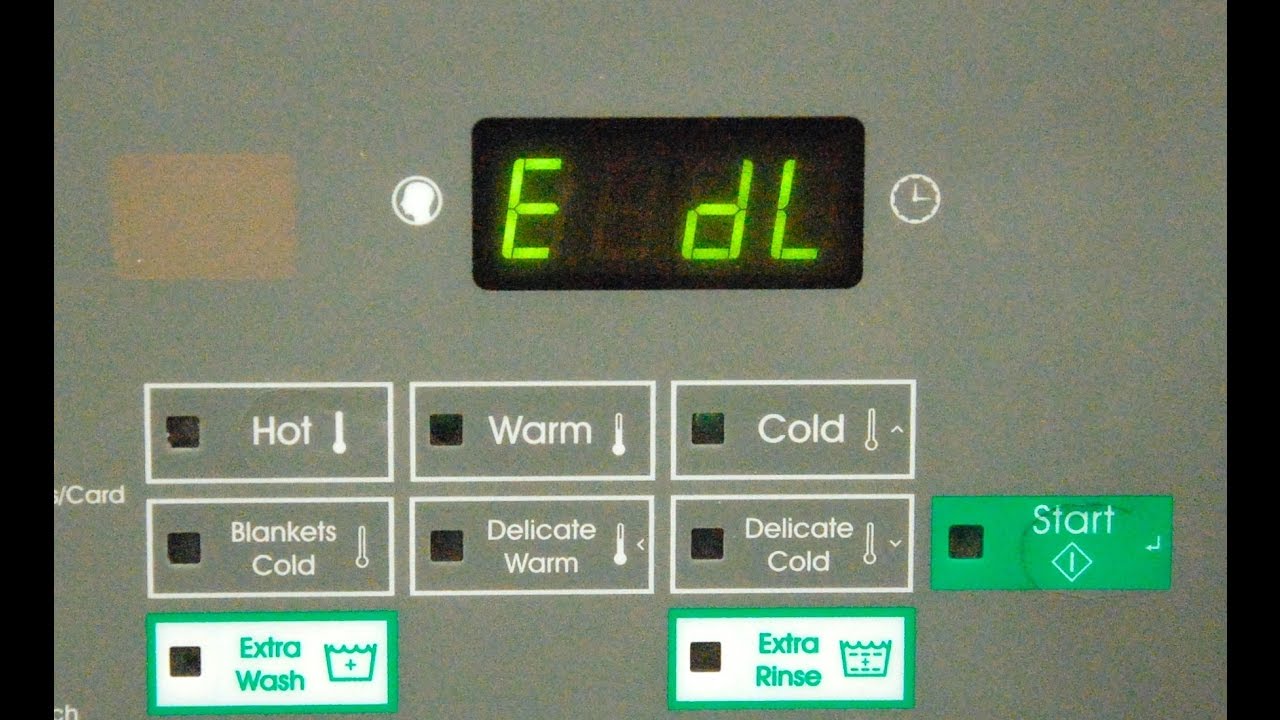
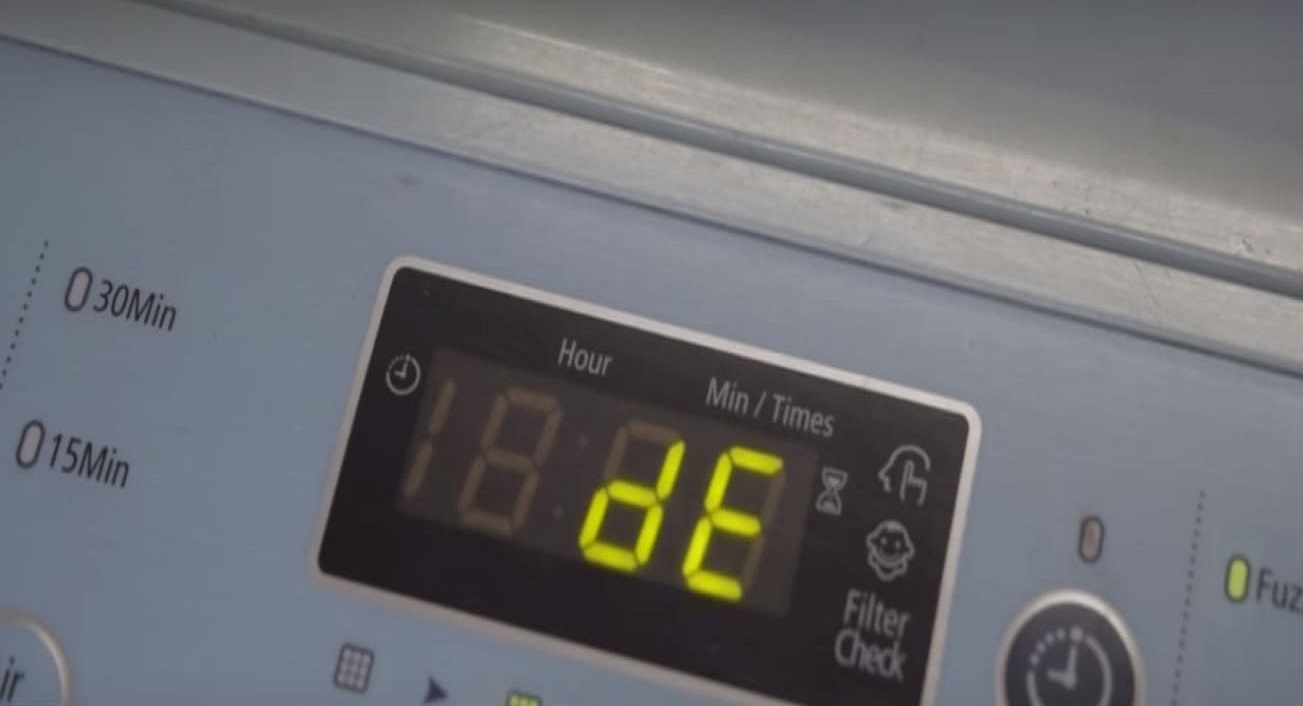
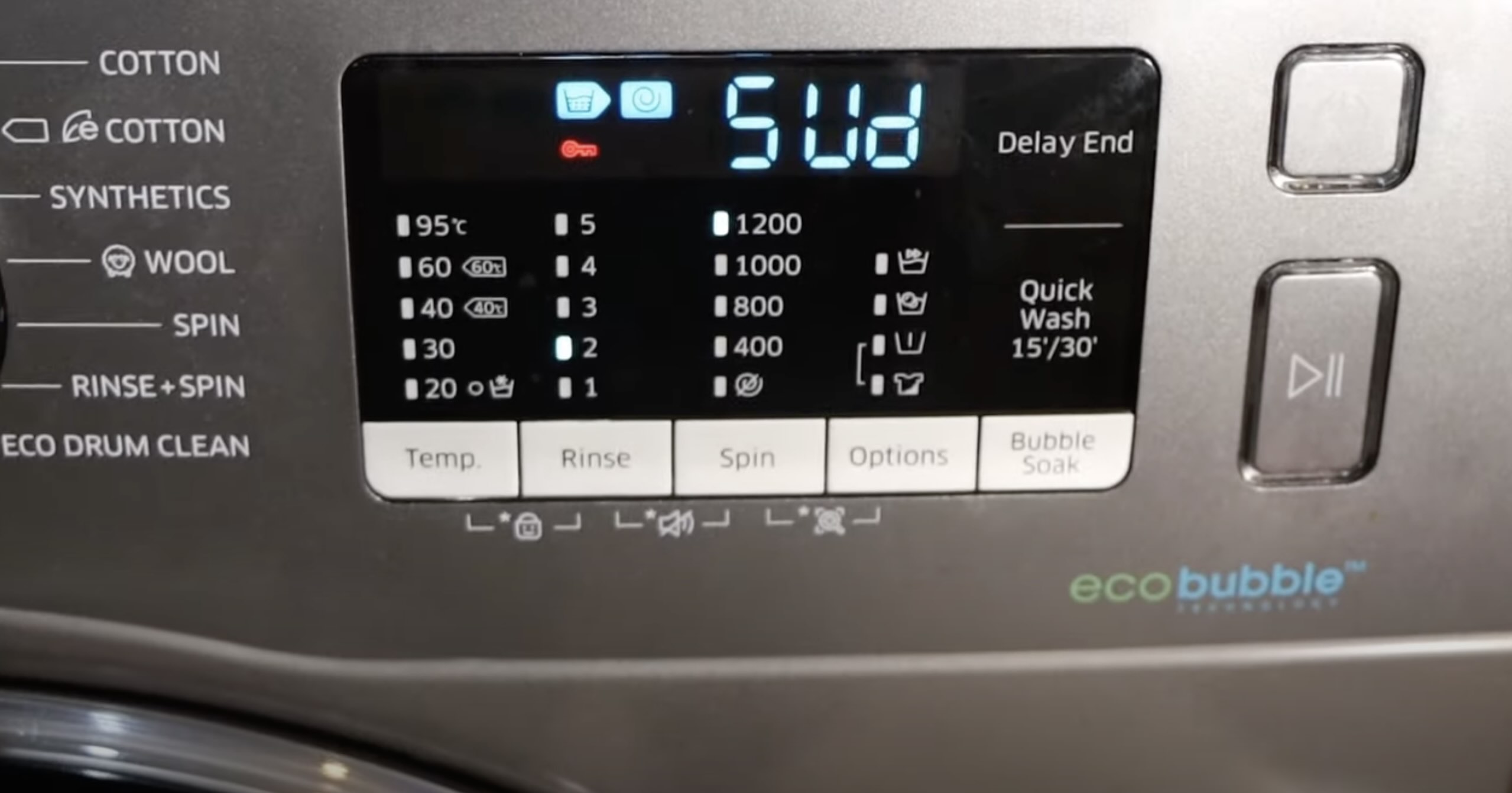
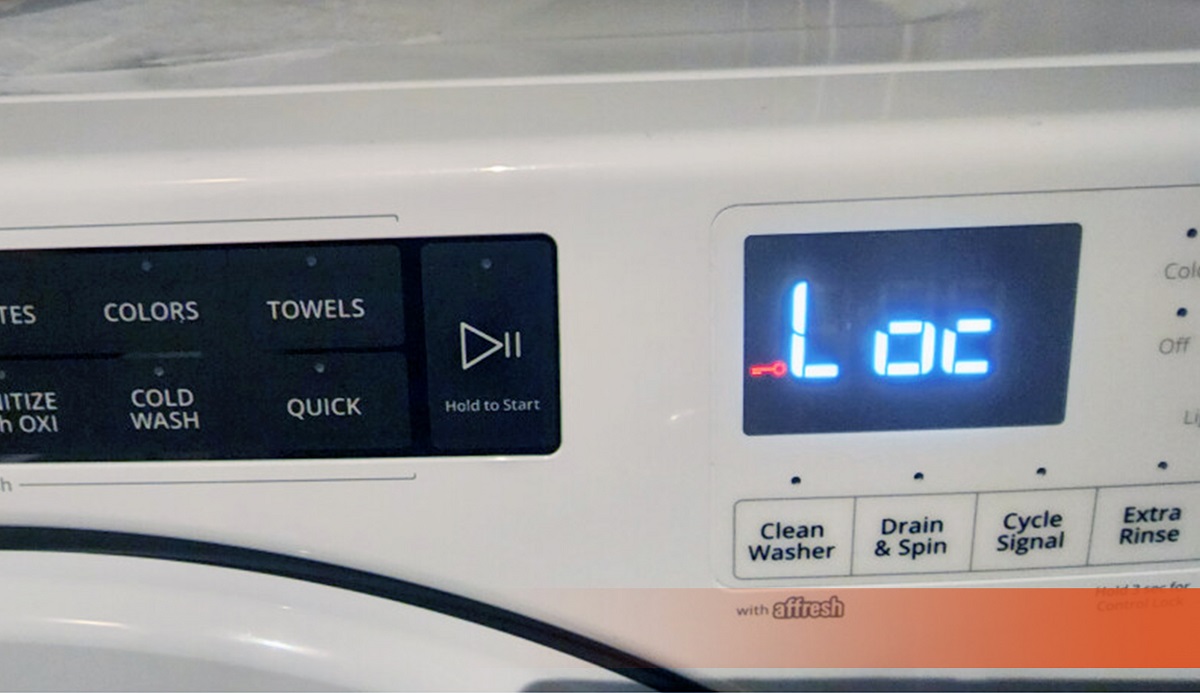
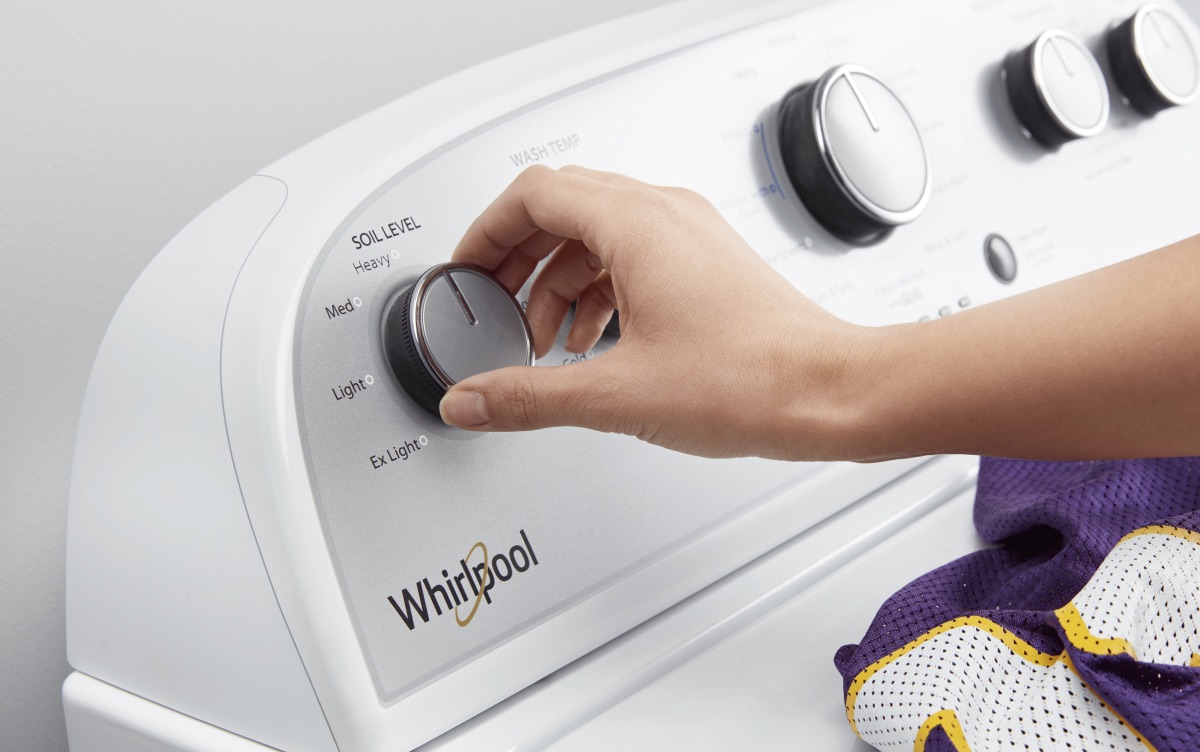

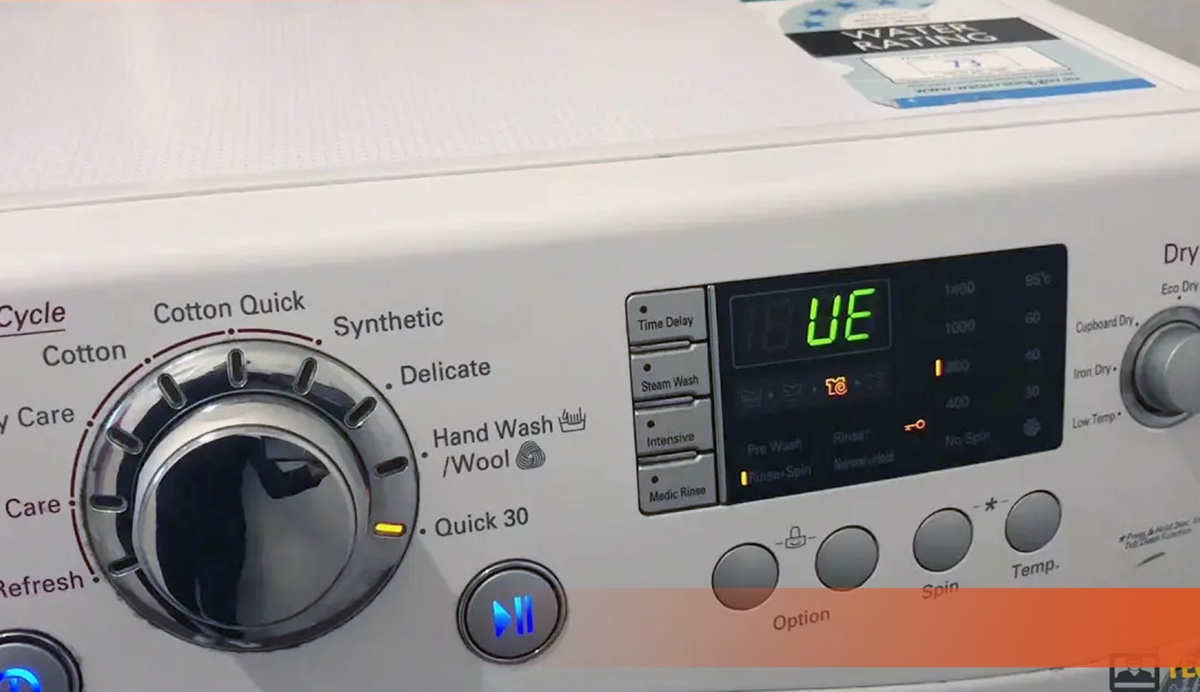
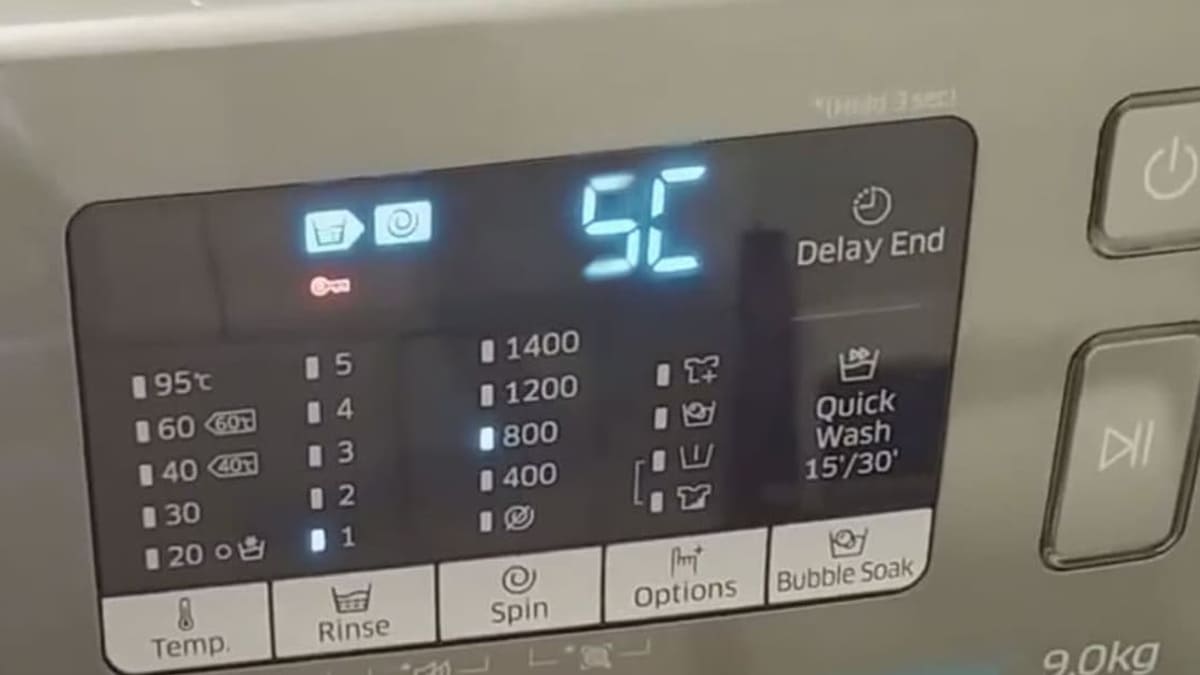
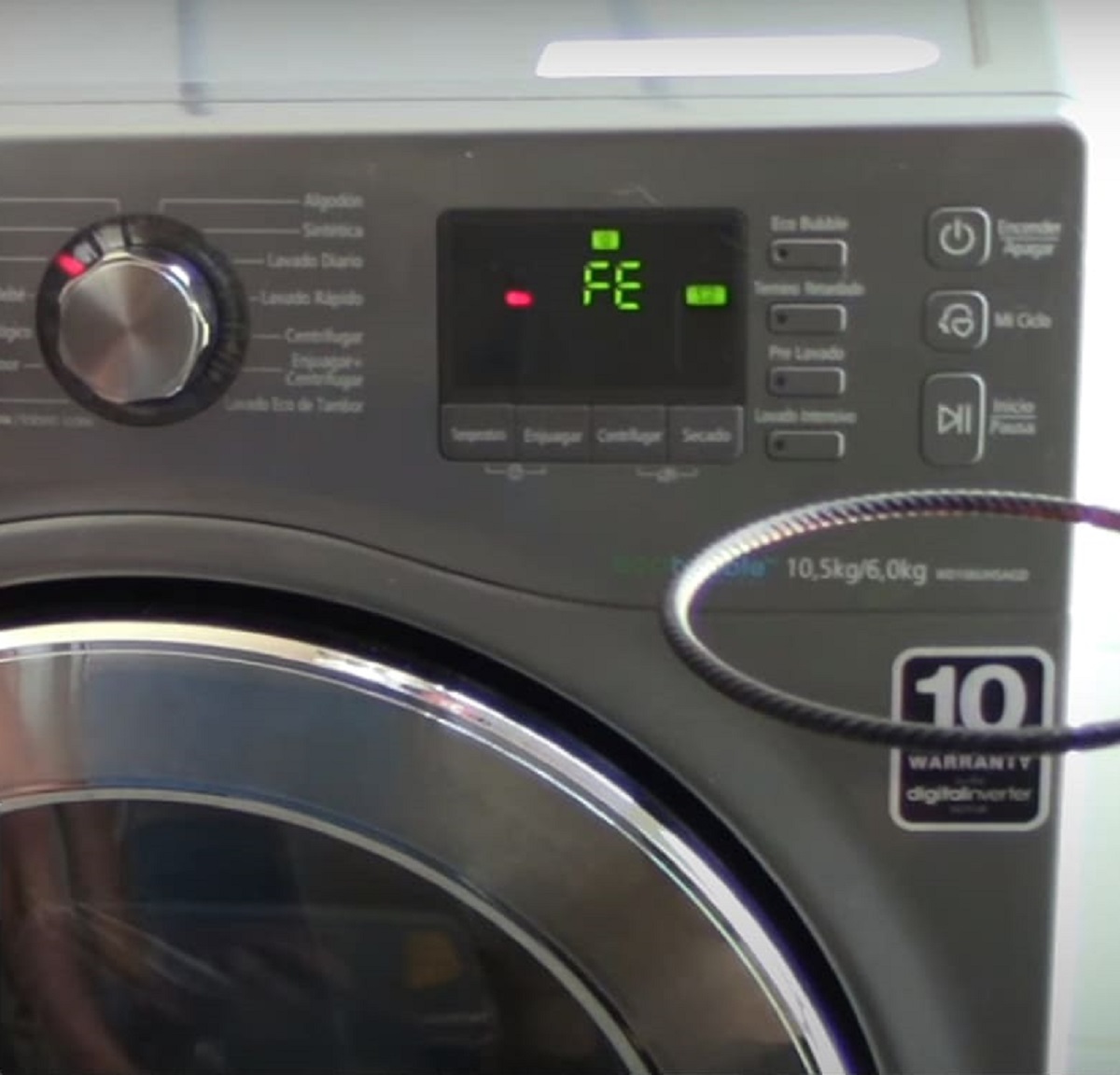


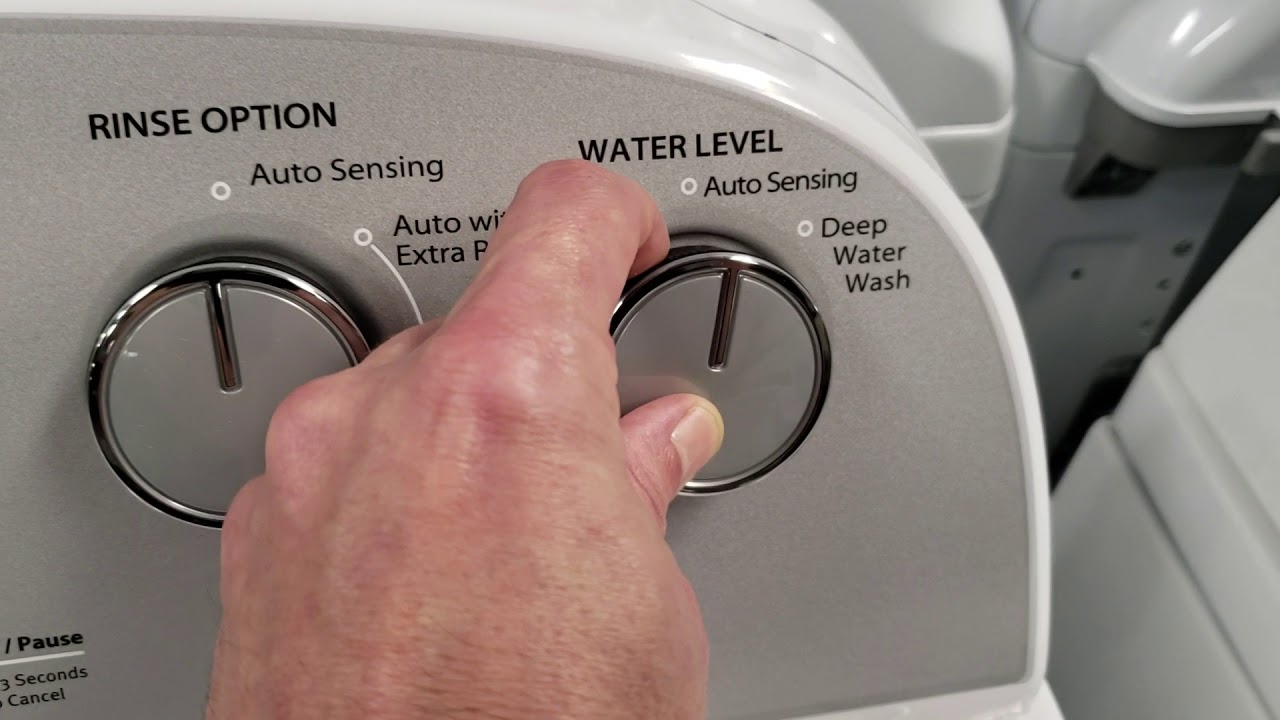
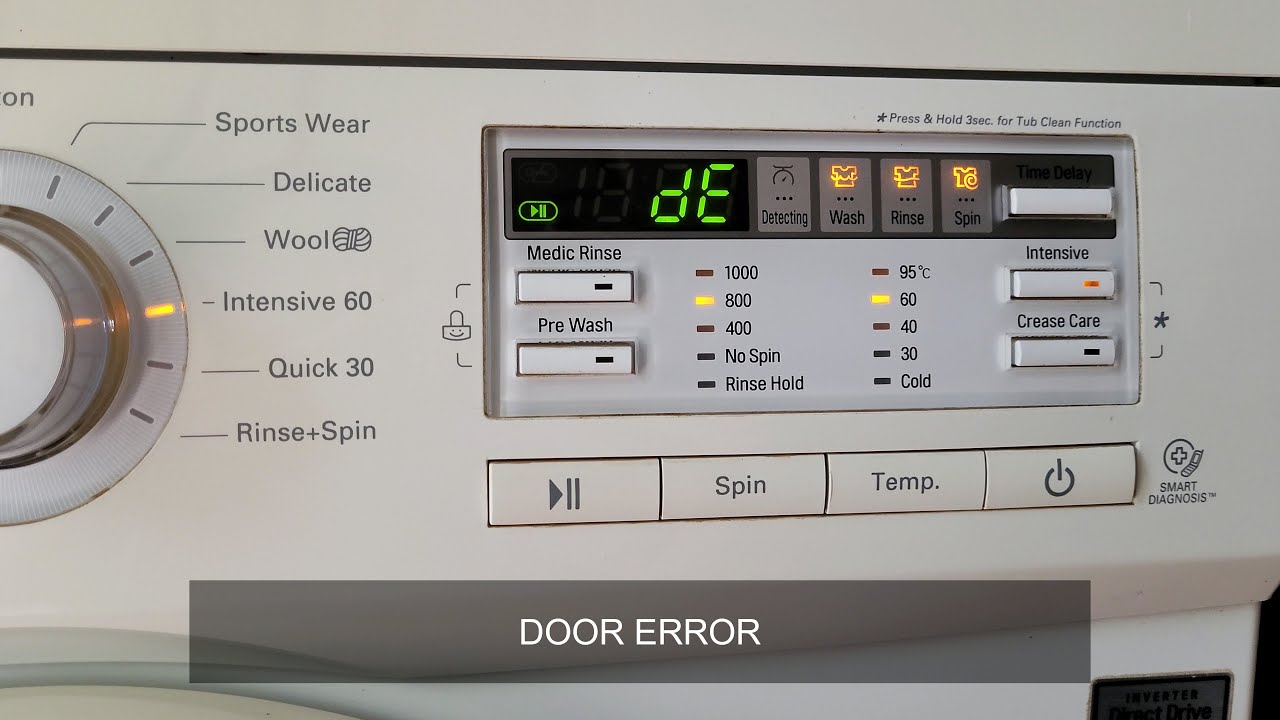


0 thoughts on “What Do Washing Machine Symbols Mean”